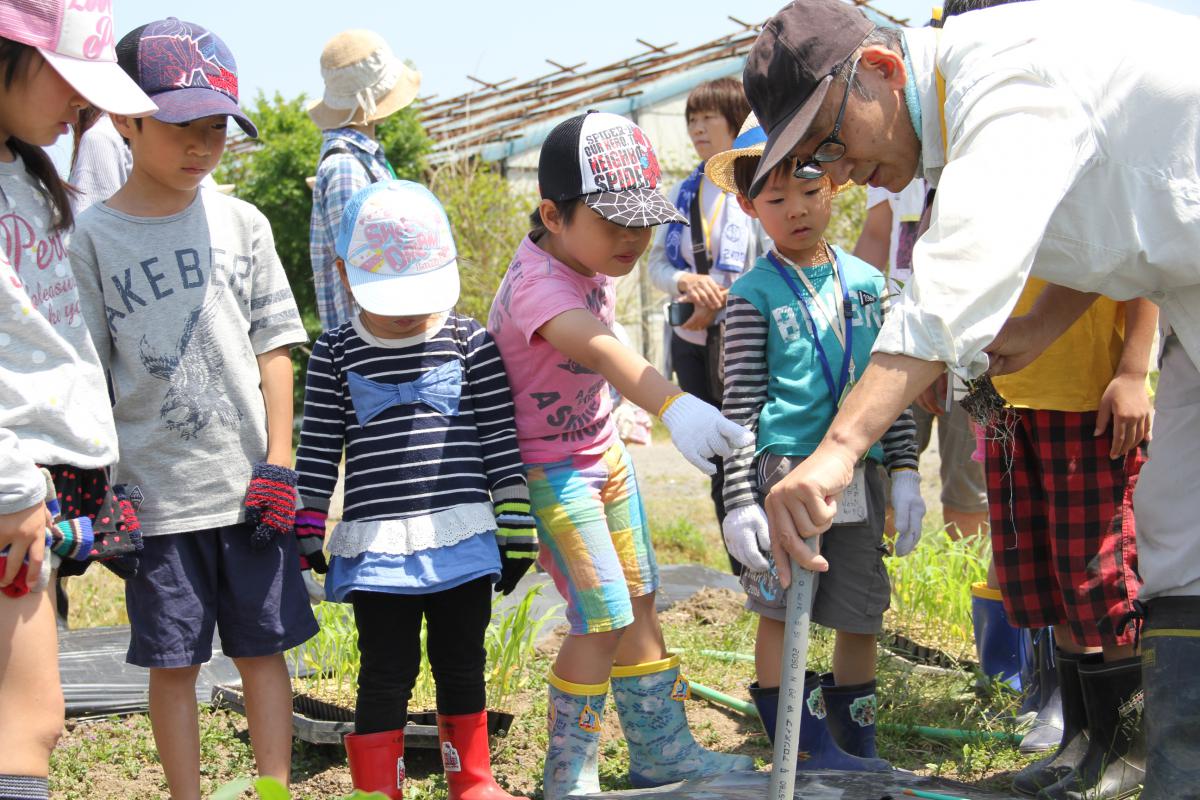Free Money Systems Create Social Sustainability

Free Money Systems Create Social Sustainability in Post-Tsunami Relief
---From Gen International News September 2015----
In 2011, Japan experienced a mega-earthquake with a resulting tsunami in the vast northeastern area of the country. Hiroko Katayama from the urban ecovillage, As-One, reports on the observation that the mutual support among victims is more sustainable when they can maintain money-free exchanges.
In March 2011, the nuclear power plants on the seashore of Fukushima experienced a meltdown. Since that time, large amounts of radiation have been leaking from the sites into the atmosphere, the ocean and the land. After four years, the problems all over Japan are still difficult and the fallout from the accidents and incidents following the tsunami have made many citizens depressed and disillusioned. This has led to the emergence of new collaborations, such as the ‘EBook’ of ecovillages; the New Movement map; and Transition Town networking, as I reported in the last international news (March, June).
As-One Community is one of these collaborations, started at the end of 2000. People are regarding it as ‘an open-style urban ecovillage’. Since study tours have been offered, the participants have been increasing in number. Some of them are from the disaster areas. They frequently ask us how people can maintain reliable relationships. I think this question is the essential factor in understanding exactly what it is that people require of ecovillages, especially in the case of emergency or crisis. I will try to review and consider this factor from our experience.
Of course, in any emergency practical solutions are required, such as mini-solar-powered generation systems for personal mobiles and lights. This is very important both for morale and search and rescue after a severe disaster. One social model that is often used by ecovillages, is the money-free shop where people can obtain the things they need in a disaster, co-operatively. This requires a degree of collaboration between members of the community, other local people, and government. Participants have been surprised by this collaboration, for example, where the Farming Park and Forest Park have been developed as open spaces in the event of an emergency evacuation; where everyone has access to clean well water and to traditional charcoal for fuel; and where everyone from all age groups can meet other people and work together in a non-competitive and friendly way which is vital in times of disaster.
However, almost of all of the tour participants focus on the challenge of how As-One Community has been able to nurture and maintain healthy relationships amongst members and also with the local people for fifteen years, even though many trials and errors were experienced.
I felt it necessary therefore to interview some participants of the study tours who came from disaster affected areas.
- | trackbacks (0)